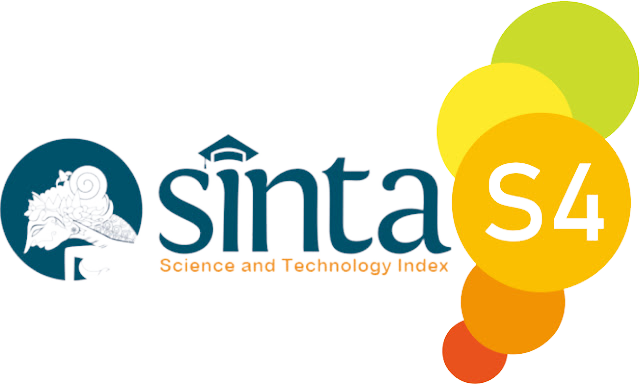PERLAKUAN PANAS MENDIDIH PADA PEMBUATAN MILK-TEA DALAM KEMASAN (KAJIAN PADA INDUSTRI SKALA KECIL)
(1)
(2)
(*) Corresponding Author
Abstract
Heating until boiling temperature has been a food safety standard for many Indonesian. The purpose of this study was to evaluate the effect of several heat treatment profiles towards the thermal death time value, pH, and microbiological aspect of bottled milk tea during cold storage. The bottled milk tea products was prepared from tea extract which was added with creamer and sugar to reach a soluble solid content of 16 Brix, and fat content of 2.9 % (m/v). The mixture was then heated until boiling and held for several different holding times (i.e. unboiled; boiled; boiled + 5? holding; and boiled + 10? holding). Thermal death time value was calculated using two microbiological references, namely Clostridium botulinum and Coxiella burnetii. The result showed that the heating treatment applied gave a much higher effect than pasteurization standard, whereas it did not reach the sterilization level. Highest log reduction reached 1.87 and shockingly high 9.36 x 109 log reduction, when calculated using C. botulinum and C. burnetti as reference, respectively. Higher heating intensity caused pH increase which may be associated with the ammonia production. Microbiological growth during storage were observed in unboiled and boiled treatment which reached 6.6 x 103 cfu/ml and 36 cfu/ml, respectively, while the other treatments did not show any growth. Boiled treatment was deemed as the most optimum which gave a 5 weeks product shelf life.
Key words: thermal death time; boiling temperature; milk tea; pH; C. botulinum; C. burnetii.
Key words: thermal death time; boiling temperature; milk tea; pH; C. botulinum; C. burnetii.
Full Text:
PDFArticle Metrics
Abstract view : 3049 timesPDF - 1716 times
DOI: https://doi.org/10.26714/jpg.5.1.2015.%25p
Refbacks
- There are currently no refbacks.
Copyright (c) 2016 JURNAL PANGAN DAN GIZI
 | Jurnal Pangan dan Gizi |

This work is licensed under a Creative Commons Attribution-NonCommercial-NoDerivatives 4.0 International License.












